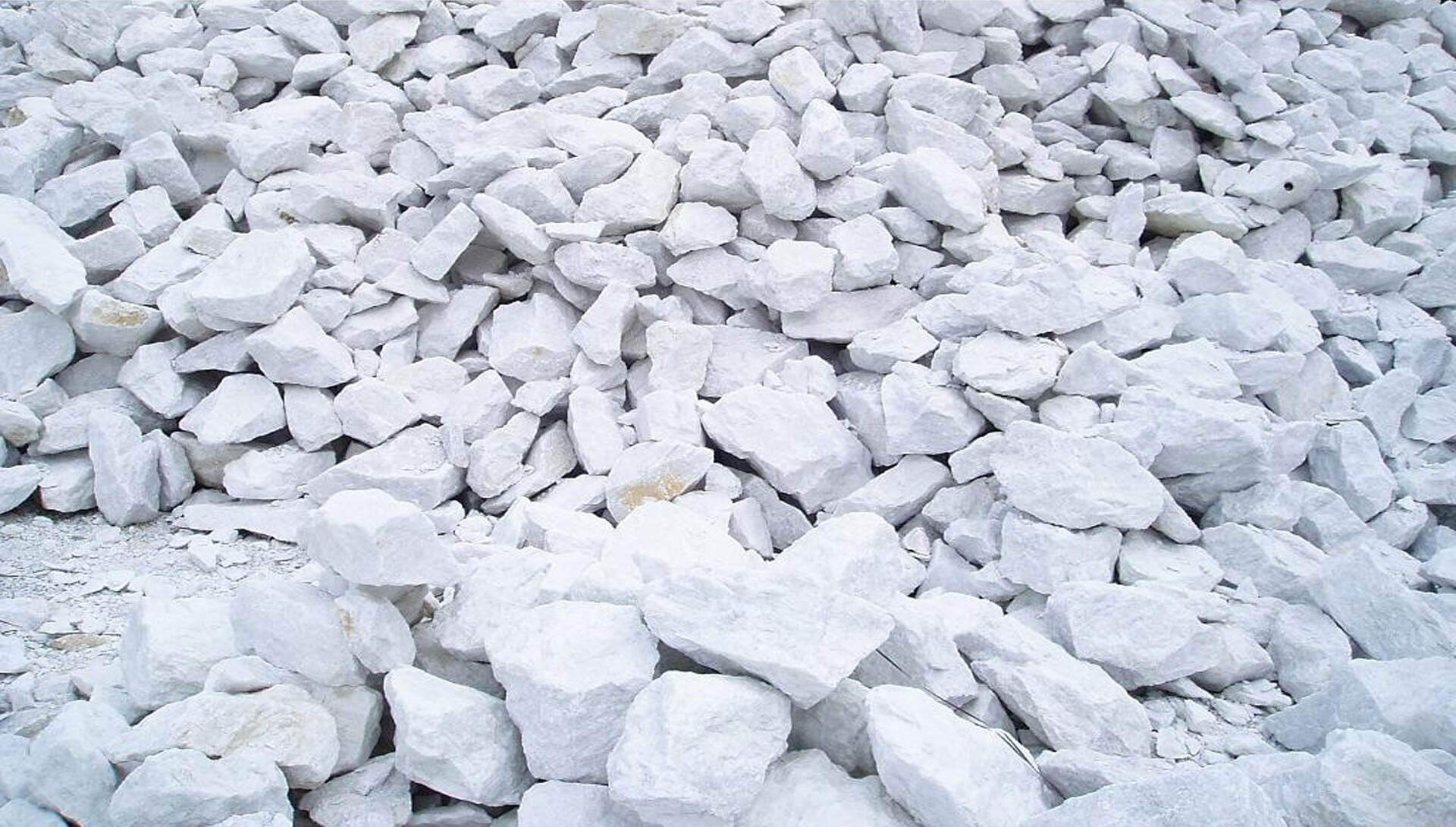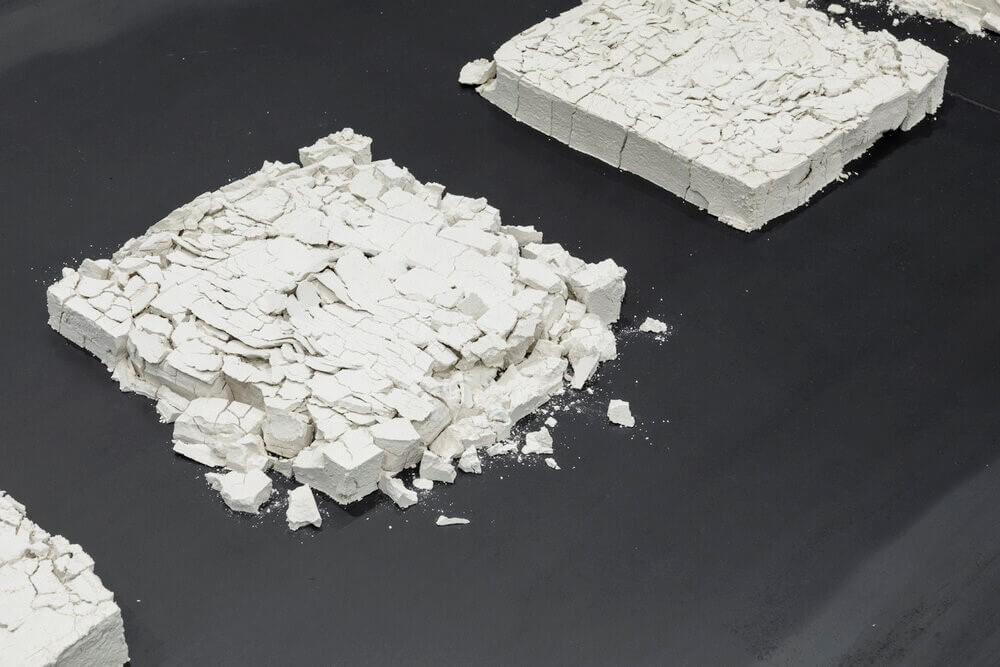The Use of Pebble Lime Through History

Pebble lime has got several other names that it has been known by over the centuries. Even today, it is also known as quicklime, unslaked lime, burnt lime, and calcia. Its proper name is calcium oxide, and its chemical formula is CaO. It is a solid white substance, with a crystalline appearance, so long as it remains undisturbed at room temperature. When exposed to heat and humidity though, it changes rapidly, which is how the name quicklime came about in the first place.
To begin with, pebble lime is made by decomposing limestone. Mined limestone is heated in a kiln and this decomposition reaction results in quicklime at a rather fast rate. If calcia is left alone exposed to air, it will start reverting to its initial state about equally as fast. Likewise, if you mix it with water instead, you will get a rapid, violently hot reaction that produces limewater or slaked lime, a versatile construction material. The National Lime Association offers comprehensive safety guidelines for this endeavor, should you wish to try it on your own, and you can find them right here.
Uses in ancient times
The earliest known application of limestone and calcia itself was in the days of the Ancient Egyptian empires, when it was used in pyramid construction as a plaster. Later on, when people figured out that it can be mixed with water for a somewhat different and more useful material, they began making calcia-based mortars. These can be found in the Great Wall of China as well as in the renowned roads of the Roman Empire.
Somewhere along the lines of history, someone came to the realization that the raw material can be used in other, not so peaceful, campaigns. Pebble lime became an effective smoke screen in warfare of the early eras.
Archeology tells us that armies would throw containers of CaO at their opponents. The powder would spread in the wind and disorient the enemy army, as well as harm the soldiers. For more modernized facts on the hazards of calcium oxide, you can consult this guide: https://nj.gov/health/eoh/rtkweb/documents/fs/0325.pdf
Quicklime, when inhaled, is a choking hazard and can result in outright suffocation, not to mention that it wreaked havoc on the fighters’ eyes. Because the human eye is perpetually moist, any calcium oxide that got in would instantly become slaked, which as we mentioned is a chemically violent process.
The reaction releases a lot of heat. Though the amount of CaO powder in the eyes would be small, it would still hurt, and of course the unfortunate person would practically end up with their eyes full of impromptu mortar.

Uses in modern industries
Nowadays, such vicious applications of this mineral are long out of the picture. Calcia is back to benevolent purposes, being used in construction, chemical balancing of the pH of various materials, and producing airfoil. It also has a place in pesticides, paper, being used as a disinfectant, making oil tank breathers, and even put to various uses in the many branches of the food industry.
In the metalwork industry, quicklime is an important flux in the processes of steel purification. It helps reduce refractory wear and remove impurities.
In structural mixtures, slaking is a must, as quicklime itself is entirely inadequate. Slaked CaO is used to mix mortars, just like in Ancient Rome and Ancient China, but also used for aesthetically pleasing plaster and making cement mixtures. A combination of the unslaked and the slaked variant is placed into construction soil to help it bear heavy loads more efficiently. One commonplace example of this is the construction of highways.
There is also agricultural lime, which serves as an additional source of nutrients in soil where crops are to be grown. It also helps to balance out the pH of the earth, so that absorbing the already available nutrients from the ground becomes easier for the plants.
As you can see, pebble lime is a surprisingly versatile material, and has been known to our ancestors for longer than we tend to think. What projects have you used it for? Home renovations, maybe? Drop us your favorite quicklime hack in the comment section!
839GYLCCC1992



Leave a Reply